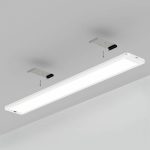Discover the Most Popular LED Light Color for Your Space: A Comprehensive Guide

Lighting is an essential aspect of any space, be it a home, office, or any commercial complex. It not only illuminates the area but also sets the mood and creates an ambiance. With LED lights available in a range of colors, it’s crucial to pick the right one that suits your space. Choosing the right color can make all the difference in creating the perfect environment. In this comprehensive guide, we will explore the most popular LED light colors and help you decide which one is best for your space. LED lights have revolutionized the lighting industry and have become a popular choice for homeowners and businesses alike. They are energy-efficient, long-lasting, and environmentally friendly. With a range of colors available, LED lights can create a unique atmosphere and highlight different features of your space. Understanding the characteristics of each color is essential in choosing the right one for your needs. This guide will help you discover the most popular LED light color options and provide insights into how each color can enhance your space.
Choosing the right LED light color for your space is crucial as it can significantly affect the ambiance and mood of the room. Different LED light colors have unique characteristics that can impact the way we perceive a space. For instance, warm white LED lights can create a cozy and inviting atmosphere, making it ideal for bedrooms and living rooms. On the other hand, cool white LED lights can provide a brighter and more energizing effect, making it perfect for workspaces and kitchens. In addition, the right LED light color can also affect our mood, productivity, and mental well-being. It is essential to consider factors such as the purpose of the room, the time of day, and personal preferences when choosing the right LED light color for your space.
LED lights come in a wide range of colors, each with its unique characteristics and effects. Some of the most popular LED light colors are warm white, cool white, daylight, and RGB. Warm white LED lights emit a yellowish hue, making them perfect for creating a cozy and inviting atmosphere in living spaces. Cool white LEDs, on the other hand, produce a bluish-white light that’s ideal for task lighting in kitchens, bathrooms, and workspaces. Daylight LED lights offer a natural, bright light that’s similar to natural daylight and is best used in areas where color accuracy is crucial, such as art studios or photography studios. Finally, RGB LEDs allow you to create custom colors by mixing red, green, and blue light, making them perfect for adding a pop of color to any space.
Understanding the Basics of LED Light Colors
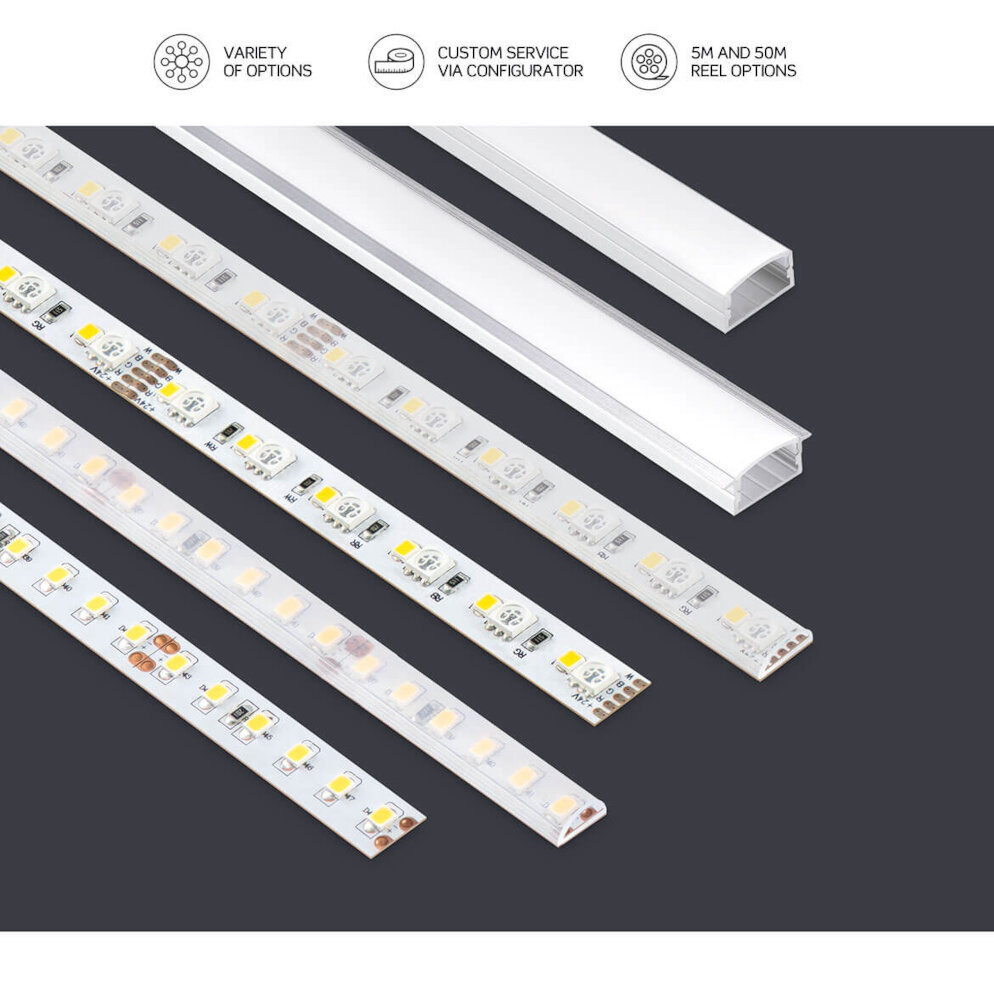
LED lights have become increasingly popular in recent years due to their energy efficiency and versatility. One important aspect of LED lights that is often overlooked is their color. LED light colors can greatly impact the mood and ambiance of a space, making it important to choose the right color for your needs. There are several basic colors of LED lights including warm white, cool white, daylight, and RGB. Warm white is often used in living spaces and bedrooms for a cozy, inviting atmosphere. Cool white is typically used in functional spaces such as kitchens and bathrooms for a bright, clean feel. Daylight is a more neutral color that is often used in office spaces or for tasks that require accurate color representation. RGB lights are the most versatile, allowing for a wide range of colors and effects. Understanding the basics of LED light colors is essential when selecting the right lighting for your space. When choosing the right LED light color for your space, it is important to consider the function of the room as well as the mood you wish to create. Warm white lights are ideal for spaces where relaxation and comfort are key, such as bedrooms and living rooms. Cool white lights are best for areas where clarity and brightness are important, such as kitchens and bathrooms. Daylight is a versatile color that can be used in a variety of spaces, especially those where accurate color representation is important, such as art studios or workshops. RGB lights offer endless possibilities for customization, making them ideal for creative spaces or areas where color-changing effects are desired. By understanding the basics of LED light colors, you can select the perfect lighting for your space that not only meets your functional needs but also creates the desired ambiance.
The science behind LED light colors is based on the principle of the electromagnetic spectrum. This spectrum ranges from radio waves to gamma rays, with visible light occupying a small segment in the middle. The colors we see in LED lights are determined by the wavelength of the light they emit. Red light has a longer wavelength, while blue light has a shorter wavelength. LED lights are made up of tiny semiconductor chips that emit light when an electric current is passed through them. By adjusting the composition of the semiconductor material, manufacturers can create LEDs that emit different colors of light. The ability to control the color of LED lights has made them a popular choice for a wide range of applications, from home lighting to automotive and architectural lighting.
LED lights have been taking over the lighting industry by storm due to their energy efficiency, durability, and versatility. One of the most attractive features of LED lights is the ability to customize the color temperature to suit any situation or mood. The color temperature is measured in Kelvin (K), and the lower the value, the warmer and more yellow the light. The most common LED light color options include warm white (2700K-3000K), cool white (4000K-4500K), and daylight (5000K-6500K). Warm white is ideal for creating a cozy and relaxing atmosphere in living spaces, while cool white is perfect for task-oriented areas such as kitchens and bathrooms. Daylight is commonly used in commercial buildings or outdoor spaces, providing a bright and energizing effect. Ultimately, the choice of LED light color depends on the specific needs and preferences of the user.
The Benefits of Using Warm White LED Lights
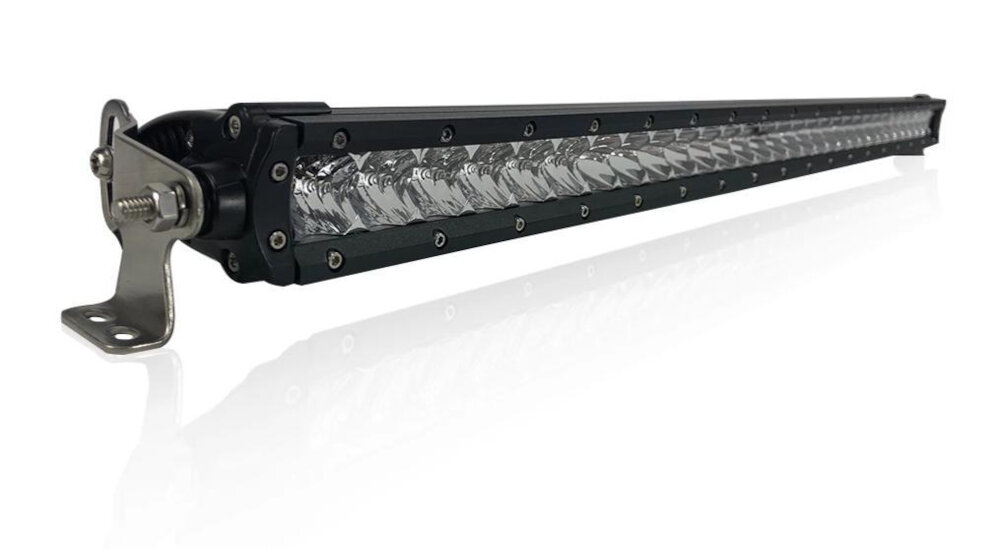
Warm white LED lights are becoming increasingly popular among homeowners and businesses alike. This is because they offer a range of benefits that make them an ideal choice for a variety of applications. One of the main advantages of using warm white LED lights is that they produce a cozy and inviting atmosphere, making them perfect for use in bedrooms, living rooms, and other areas where relaxation is a top priority. With a color temperature of around 2700K to 3000K, these lights emit a warm and welcoming glow that can help to create a peaceful and calming environment. Additionally, warm white LED lights are energy-efficient, consuming less power than traditional bulbs, which means they are a more environmentally friendly option. Another benefit of using warm white LED lights is that they offer excellent color rendering properties. Unlike other types of lighting, such as fluorescent bulbs, warm white LED lights are able to accurately display colors and details. This makes them a great choice for areas where color accuracy is important, such as in art studios or makeup rooms. Furthermore, warm white LED lights have a longer lifespan than traditional bulbs, which means they require less maintenance and replacement. This can save homeowners and businesses money in the long run, making them a cost-effective lighting solution. Overall, warm white LED lights are a versatile and practical option that can enhance the ambiance and functionality of any space.
Warm white LED lights emit a soft, yellowish-white hue that resembles the warm glow of traditional incandescent bulbs. These lights are ideal for creating a cozy and comfortable ambiance in residential and commercial spaces. Warm white LEDs have a color temperature range of 2700K to 3000K, which makes them perfect for use in living rooms, bedrooms, restaurants, and cafes. The benefits of warm white LEDs include reduced eye strain, improved visual comfort, and reduced glare. They are also energy-efficient and have a longer lifespan than traditional incandescent bulbs, which makes them a cost-effective lighting solution. With their warm and inviting glow, warm white LEDs are the go-to choice for creating a welcoming atmosphere in any space.
Warm white LED lights are perfect for creating a cozy and inviting atmosphere in various spaces. For instance, in living rooms and bedrooms, warm white LEDs can provide a soothing and relaxing ambiance that helps to promote rest and relaxation. Additionally, warm white LEDs can be used in dining areas to create an intimate and warm atmosphere that enhances the dining experience. They are also ideal for use in restaurants and cafes where a cozy and inviting atmosphere is critical to creating the perfect ambiance for customers. In short, warm white LED lights are a great choice for any space that requires a soft and comfortable feel.
The Benefits of Using Cool White LED Lights
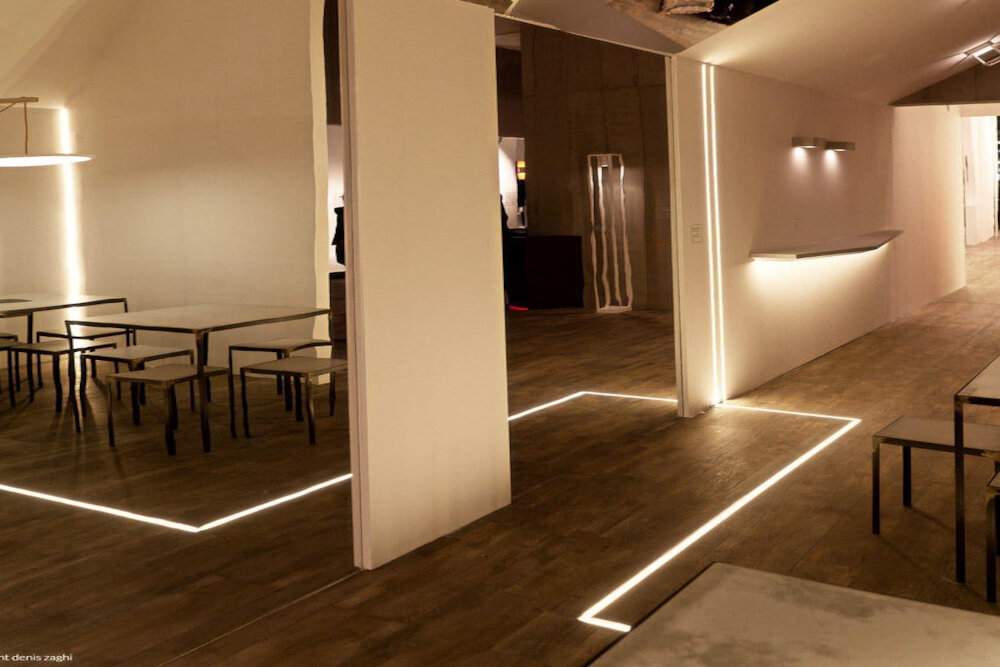
Cool white LED lights are increasingly becoming the preferred choice in many homes and commercial spaces. One of the main benefits of using cool white LED lights is their ability to mimic natural daylight, which can help improve productivity and alertness. This makes them ideal for use in offices, workshops, and other spaces where people need to stay focused and alert for extended periods. Additionally, cool white LED lights have been shown to improve mood and reduce anxiety, making them an excellent choice for use in hospitals, schools, and other high-stress environments. Another advantage of cool white LED lights is their energy efficiency. Compared to traditional incandescent bulbs, cool white LED lights use significantly less energy to produce the same amount of light. This means that they can help reduce energy costs and lower your carbon footprint. Additionally, cool white LED lights have a longer lifespan than traditional bulbs, which means that they need to be replaced less frequently, further reducing costs and environmental impact. Overall, cool white LED lights offer a range of benefits that make them a smart choice for anyone looking to improve their lighting while reducing costs and environmental impact.
Cool white LED lights are a popular choice for modern living spaces due to their crisp and bright illumination. These lights emit a bluish-white hue that replicates natural daylight, making them ideal for work areas, kitchens, and bathrooms. The benefits of cool white LED lights include their ability to boost productivity by providing a bright and energizing light source, making them perfect for home offices and study areas. Additionally, cool white LED lights have a longer lifespan than traditional incandescent bulbs and are more energy-efficient, helping homeowners save money on their electricity bills. Overall, cool white LED lights provide a sleek, modern look while also offering practical benefits for everyday use.
Cool white LED lights are a great choice for spaces that require bright and energizing illumination. These lights are perfect for commercial spaces, such as offices, hospitals, and retail shops, as well as industrial areas. They can also be used in outdoor areas, such as parking lots and garages, where visibility is essential for safety. In residential settings, cool white LED lights are ideal for task-oriented areas, such as kitchens, offices, and workspaces, where they can help improve productivity and focus. Additionally, they can be used in bathrooms and closets, where bright light is necessary for grooming and dressing. Overall, cool white LED lights provide a crisp and refreshing light that can enhance the ambiance and functionality of any space.
Choosing the Right LED Light Color for Your Space
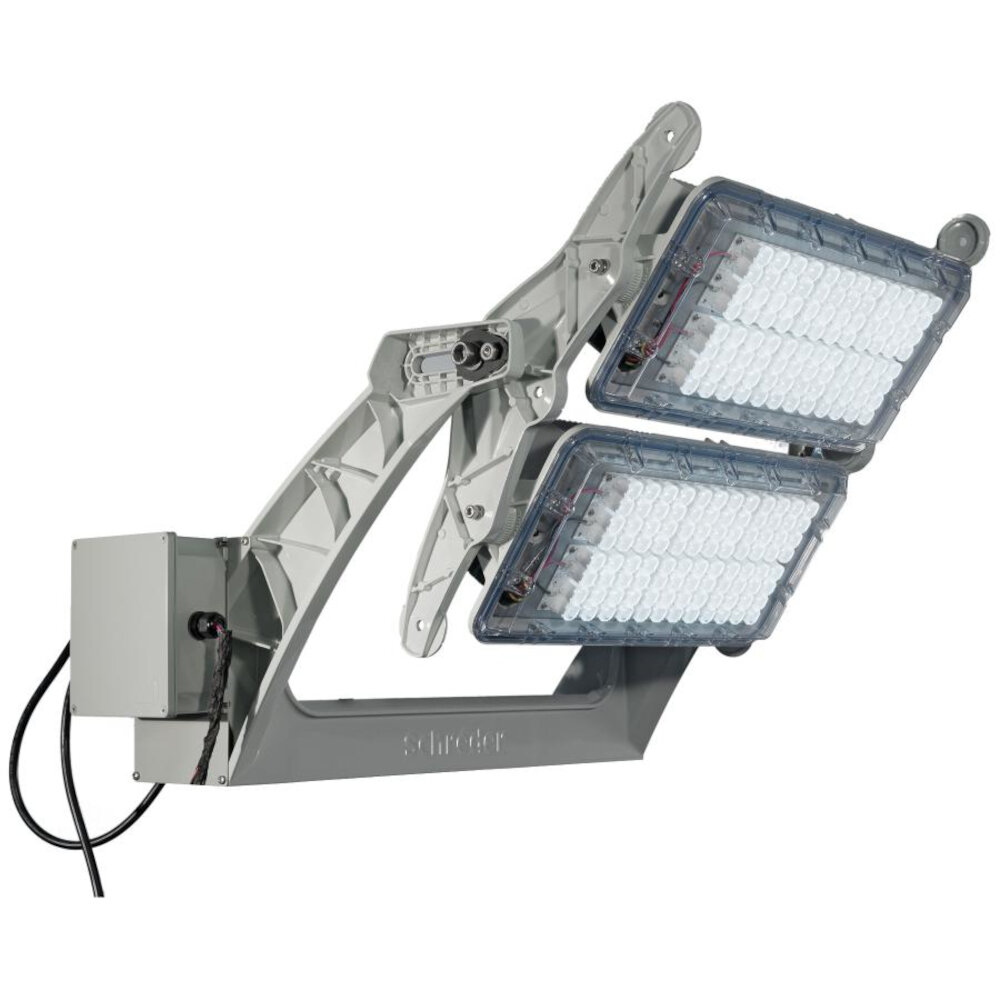
Choosing the right LED light color for your space can have a significant impact on your mood, productivity, and overall well-being. With so many options available, it can be overwhelming to determine which color temperature suits your needs. The most popular LED light colors are warm white, cool white, and daylight. Warm white LED lights have a yellowish hue and are ideal for creating a cozy and inviting atmosphere in living spaces. They are perfect for bedrooms, living rooms, and dining areas. On the other hand, cool white LED lights have a bluish hue and offer a bright and refreshing ambiance. They are best suited for workspaces, kitchens, and bathrooms, where bright lighting is necessary for tasks. Daylight LED lights have a neutral hue and mimic natural sunlight. They are perfect for spaces that require bright lighting, such as offices and classrooms. Daylight LED lights can also help regulate your sleep-wake cycle by providing a sense of natural light. When choosing the right LED light color for your space, it is essential to consider the purpose of the room and the mood you want to create. Whether you want to create a relaxing ambiance or a productive workspace, there is an LED light color that can enhance your environment and improve your overall well-being.
When choosing LED light color, there are several factors to consider. Firstly, the purpose of the space where the light will be used is important. If it is a workspace, a cool white or daylight LED light color is recommended to improve productivity and reduce eye strain. For a relaxing and comfortable atmosphere, warm white or soft white LED light color is more suitable. Additionally, the color scheme of the room should also be taken into account. The LED light color should complement the existing colors in the room to create a cohesive and pleasing aesthetic. Finally, the type of activity that will be taking place in the room should be considered. For example, a room where makeup is applied may require a different LED light color than a room where meals are prepared.
When selecting the ideal LED light color for your space, it’s important to consider the purpose and atmosphere you want to create. For example, warm tones such as yellow or orange are great for creating a cozy and intimate space, while cool tones such as blue or green are perfect for creating a calming and relaxing environment. Additionally, natural white light is ideal for spaces where you need accurate color representation, such as in a workspace or kitchen. It’s also important to consider the color temperature, measured in Kelvin (K), with lower Kelvin numbers producing warmer tones and higher numbers producing cooler tones. By taking the time to consider these factors, you can select the perfect LED light color to transform your space into the desired ambiance.
Choosing the right LED light color is crucial when it comes to creating the perfect ambiance in your space. The color temperature of your LED lights determines the mood and feel of your room. For instance, warm white LED lights with a color temperature of 2700K can create a cozy and intimate atmosphere, while cool white LED lights with a color temperature of 5000K can create a bright and energizing environment. The LED light color can also affect your health and well-being by influencing your circadian rhythm. It’s essential to choose the right LED light color that suits your needs, preferences, and the purpose of your space. By doing so, you can enhance the aesthetics, functionality, and comfort of your home or office.
In conclusion, selecting the ideal LED light color for your space can be a daunting task, but it doesn’t have to be. It’s essential to consider the mood you want to create in your space and the activities you’ll be doing. If you’re looking for a warm, cozy ambiance, consider warm white lights. If you need bright, clear lighting for tasks such as reading or working, consider cool white lights. Additionally, keep in mind the color temperature and CRI of the lights you choose, as they can affect how colors appear in your space. Overall, take the time to research and experiment with different LED light colors to find the perfect fit for your unique space.
Conclusion
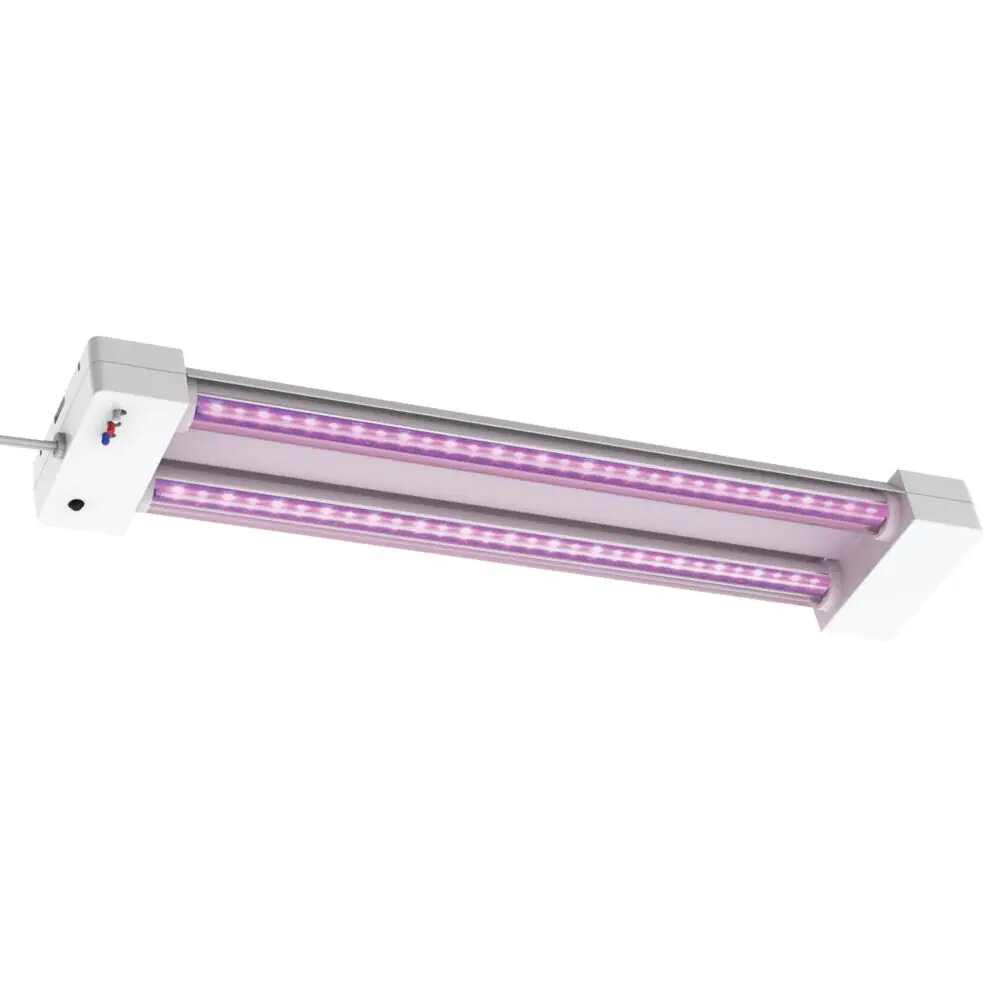
In conclusion, choosing the right LED light color for your space can make a significant impact on the feel and ambiance of your environment. By understanding the psychology behind different colors and their effects on mood, productivity, and relaxation, you can create a space that is tailored to your needs and preferences. Whether you opt for warm and cozy tones or bright and energizing hues, it’s essential to consider the function and purpose of each room and select the appropriate lighting to enhance its overall atmosphere. With so many options available, it’s easy to find the perfect LED light color to transform your space into a comfortable and inviting oasis.

